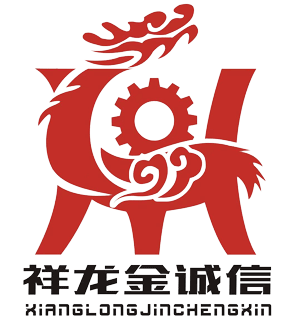What Types of Plastic Materials Are Compatible with a Standard Plastic Ball Machine?
Having plastic balls made to uniform thickness is important due to its influence on appearance, durability, load-bearing, and overall function. Companies using HDPE blow molding machines to manufacture plastic balls should understand uniform thickness techniques to gain an edge within their market.
The Role of HDPE Blow Molding Machine in Plastic Ball Production
The HDPE blow molding machine is an important part of plastic balls production. In short, this machine is tasked to heat and melt the HDPE (high-density polyethylene) raw material, extrude the molten material to form a parison, and blow the parison into a plastic ball of a predetermined size and shape.
The quality of the uniformity of thickness of plastic balls is a function of the quality of the machine. For instance, the finest HDPE blow molding machines come with a constant flow molten HDPE material extrusion system. In contrast, poorly designed extrusion systems will produce variable parison thickness, resulting in a plastic ball of variable thickness.
The clamping system on the HDPE blow molding machine also needs some care. It must uniformly distribute clamping force to guarantee that the mold closes completely and securely during the blowing operation. If the clamping force is uneven during the blowing operation, the mold can get distorted, and the plastic ball will have uneven thickness.

Designing Precision Molds for Uniform Thickness
Uniform thickness plastic balls depend a great deal on the mold, too. The size and shape of the mold cavity must coincide with the specifications of the plastic ball, and the cavity must be designed properly.
To start with, the mold cavity must have a uniform wall thickness. The engineers must also consider HDPE material shrinkage rate to ensure that the plastic ball will be of uniform thickness after cooling and during the shrinkage process. If the cavity walls are not uniform, the plastic ball will have uneven thickness.
Next, the design of the mold gates are important too. Gates are the channels through which the warm HDPE plastic enters the mold. Well designed gates require appropriate sizing and positioning so that the mold cavity can be filled uniformly. If the gates are undersized or poorly positioned, the fill rates will be uneven, causing different rates of plastic thickness.
On top of that, uneven thickness of the plastic ball will be the result of uneven solidification which happens when there are poorly designed cooling systems in the mold. To ensure uniform cooling is achieved, the differences in thickness of the plastic ball must be avoided. This is achieved when the mold has cooling channels distributed uniformly and the flows and temperatures of the cooling water are kept in controlled steady limits.
In HDPE Blow Molding Machines
Modern HDPE blow molding machines have advanced control systems to maintain the uniform plastic ball thickness.
The control system precisely regulates the extrusion speed of the HDPE blow molding machine. This involves real-time speed adjustments depending on the production process, ensuring the consistent flow of the molten material. This means even the parison thickness is kept uniform.
The control system also modifies the machine's clamping force. The system's real-time monitoring of clamping force adjustments guarantees the mold is tightly closed and uniformly clamped, preventing and deformations of the mold. This in turn, guarantees the uniform thickness of the plastic ball.
The control system also modifies the blowing time and pressure. Given parameters of blowing pressure and time, parison material expands evenly and uniformly. This ensures the thickness of the plastic ball is consistent. Additionally, focus control system adjustments on particular product needs to obtain the best results.
You should check the HDPE raw material and the plastic ball thickness for control and HDPE quality. If the raw material HDPE has uneven density or impurities, molten material that becomes evenly spaced will create uneven flow performance. Because of this, the parison or plastic ball will become uneven.

Every enterprise has to check and control the quality with all HDPE raw materials. Check productivity, supplier history, and be present for all raw material density, melt flow rate, and mechanical property inspections where you will be evaluated on these dimensions and others. Only raw materials that meet the set quality expectation will be qualified for production.
All raw materials should maintain their moisture during production and exclude humidity and contamination contents. Contaminated materials will result in uneven plastic balls, and excess moisture during the melting will create thicker melting material.
Uniformity of all plastic balls is the result of consistent blow molding machine and process maintenance. This should be the goal of each business.
Cleaning the extrusion system is where you start when it comes to machine maintenance. Clean the extruder barrel and screw to remove any remnants to keep materials from caking. Inspect the screw and barrel for signs of wear. If they are too worn down too quickly, it is time for a replacement to ensure materials are extruded uniformly.
The clamping system also needs maintenance in order for it to work efficiently. To ensure the system moves smoothly, the guide rails and bearing of the clamping system need to be lubricated. Also, the clamping force sensor needs to be calibrated regularly to loosen control over the clamping force.
The control system and machine electrical components also need routine maintenance. Check for loose wires and ensure moving parts are working. Any fault should be fixed or replaced to maintain an uninterrupted control system.
As I mentioned earlier, the HDPE blow molding machine will achieve uniform thickness on the completed plastic balls, improve quality, and meet customer needs. Companies need to pay attention to each step in the production process and innovate their production technology to achieve the best outcomes.





